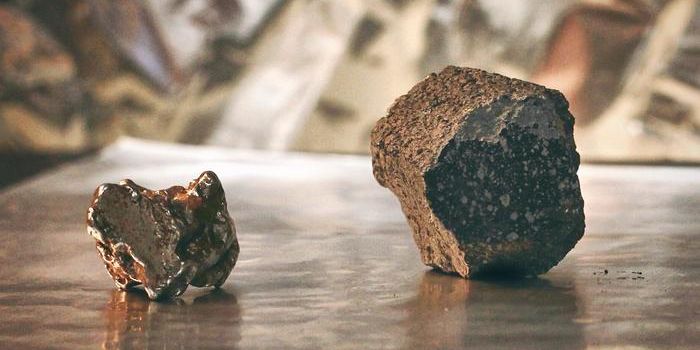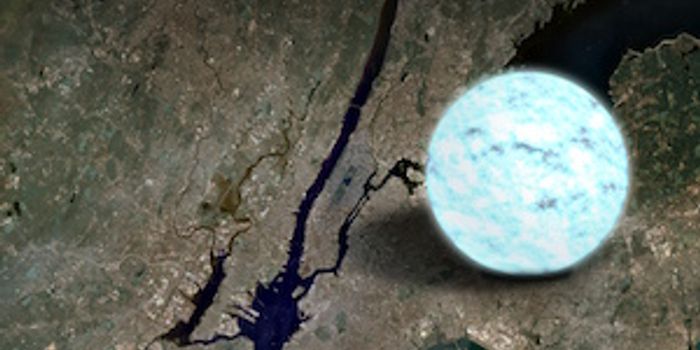Apollo 12 - A Dramatic Journey Led by the Desire to Explore
On November 19th, the Apollo 12 astronauts, Pete Conrad and Alan Bean, became, respectively, the third and the fourth men to ever walk on the Moon’s surface.
Their incredible achievement came just four months after the great success of the Apollo 11 mission. The responsibility of the crew of Apollo 12 was even bigger because they had to repeat the success and establish a whole new era of space exploration.

The Apollo 12 mission is somehow placed in the middle between Apollo 11, which marks the historic landing of Neil Armstrong and Buzz Aldrin on the Moon, and Apollo 13, the first mission to experience malfunction outside of Earth’s orbit and return back with all the crew members alive. That’s why Apollo 12 is often forgotten, but its unique contribution to science could not be denied nor erased from history.
The Apollo 12 mission was set to lift off on November 14th, 1969. It was a dark, rainy day, but this was not a reason to delay the start of the mission as the rocket was made to resist extreme weather conditions. Less than a minute into the launch of Apollo 12 the rocket was struck by lightning, not once, but twice. Even this dramatic event could not prevent the crew of the mission to accomplish their goal and reach the Moon. It seems unreal that the name of the area where the lunar module landed is ‘Ocean of Storms’.
There are many people who would get conquered by fear in this situation, but the Apollo 12 astronauts didn’t let it ruin their mission. Some people say it’s a matter of strong friendship between the three crew members of Apollo 12 – Pete Conrad, Alan Bean, and Richard Gordon. Others owe it completely to their bravery and professional skills.
Here are some of the experiments that Pete Conrad and Alan Bean did after their Moon landing on November 19th – they set up a spectrometer to measure the composition of the solar wind, they deployed the Apollo Lunar Surface Experiments Package (ALSEP), the first nuclear-powered geophysical station on the Moon, which also held the first lunar seismometer (which was about to prove the existence of moonquakes), they did measurements of the Moon’s magnetic field, etc.
During their walk on the Moon Conrad and Bean collected 76 pounds of rock samples (28 more pounds than Apollo 11).
Sources: NASA








